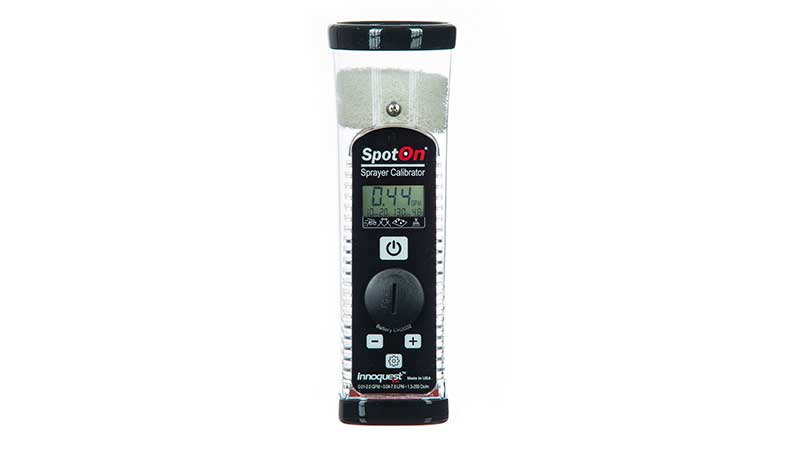Why Semios Is Getting Technology Deployment Right

Semios President and CEO Michael Gilbert says the company is focused on in-field staff to ensure its system works when needed. Photo courtesy of Semios.
In 2017, I invited Michael Gilbert, President and CEO of a then seven-year-old company called Semios, to share a bit about the technology the company was deploying across targeted specialty crop markets in Washington state and California, writes Paul Schrimpf at PrecisionAg. I was intrigued by the self-contained, self-actuating insect monitoring system, which is capable of not only monitoring microclimate data and pest activity, but then automatically dispensing a pheromone at the point at which insect activity (flight times) warranted a treatment.
And after hearing that Semios had raised $75 million in private equity funding recently, I thought it was time for a revisit.
As it turns out, things have been going quite well for Semios — specialty crop producers have been equally intrigued with the system, and company growth has doubled each of the past five years. “It’s been an amazing product for us,” says Gilbert.
The backbone of the Semios system is deployed units gathering data on humidity, temperature, and evapotranspiration as well as actual insect pressure, and data points are collected for each factor and variable every 10 minutes for every sensor. With approximately one million sensors deployed, it amounts to more than 350 million data points every day.
As someone who’s encountered a lot of tech startups, this is often where the story ends – with a semi-truck full of data. This is only the beginning for Semios.
The company employs 160 people all-in, and 70 of them are dedicated to boots-on-the-ground service. A portion are checking and fixing data collection units. “It’s in-field technology, so it’s going to break. We can respond to a down system or unit in one or two days,” says Gilbert. The other field people are “customer success specialists” who work with grower-clients to maximize the system’s capabilities for the crops they grow and the size of the operation.
Continue reading at PrecisionAg.





